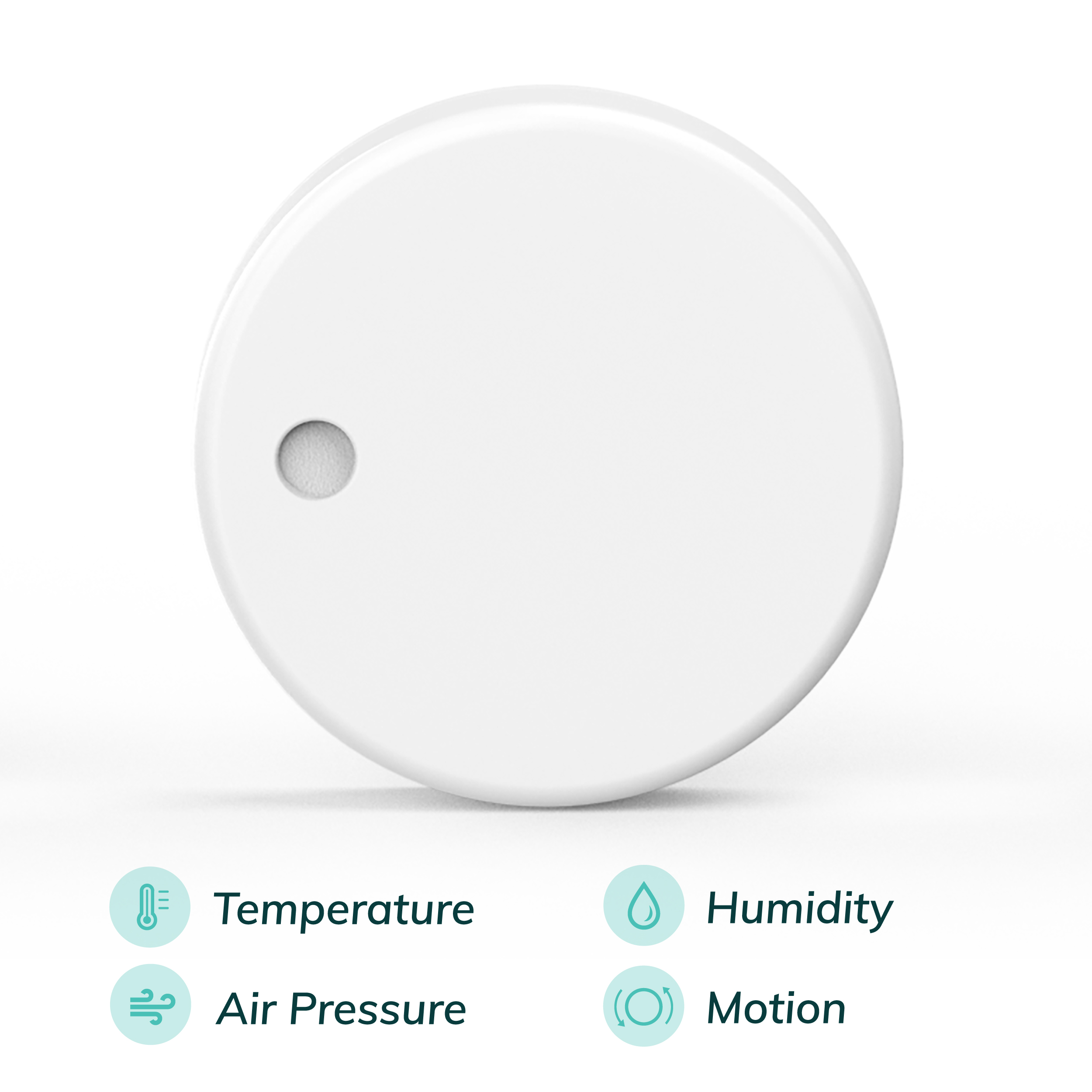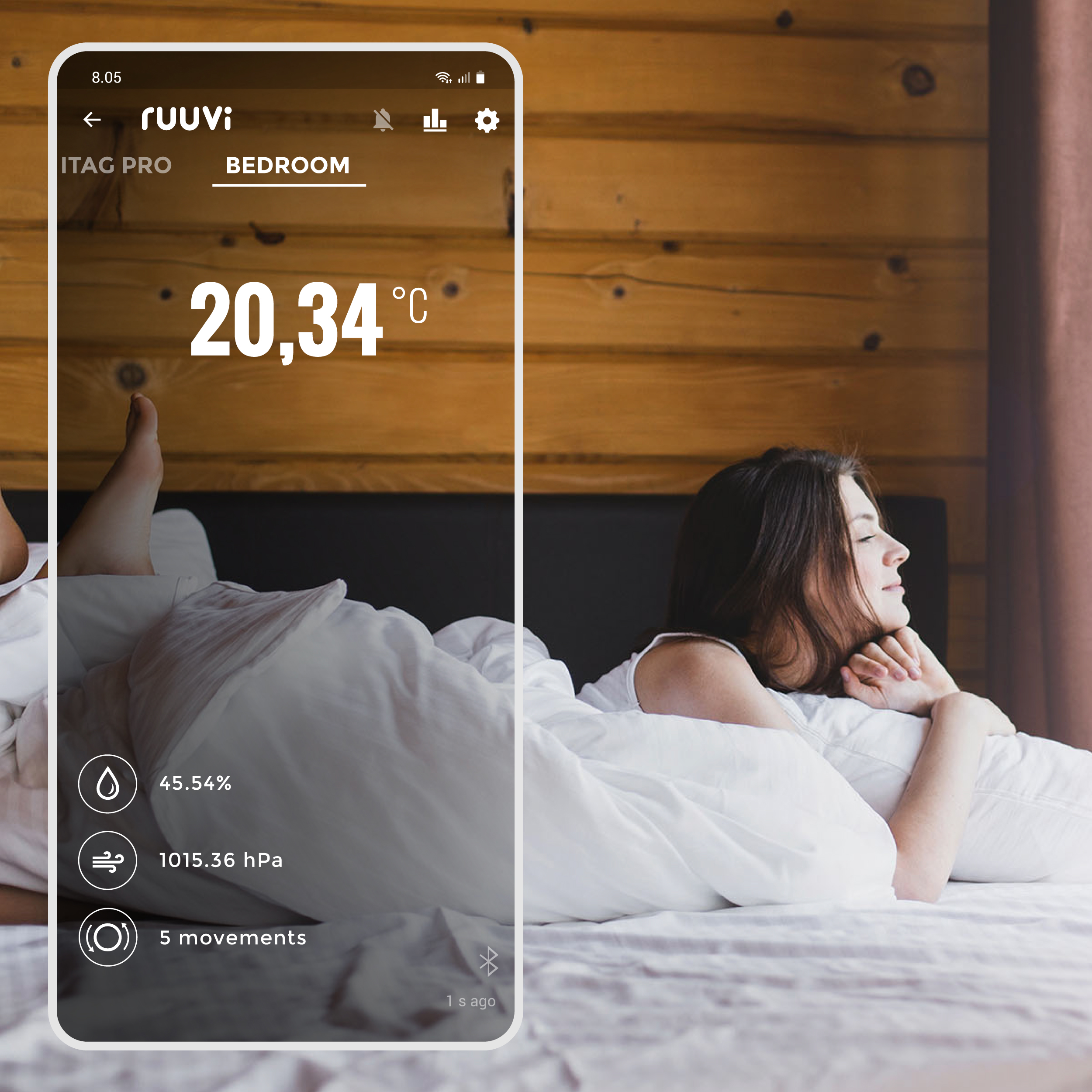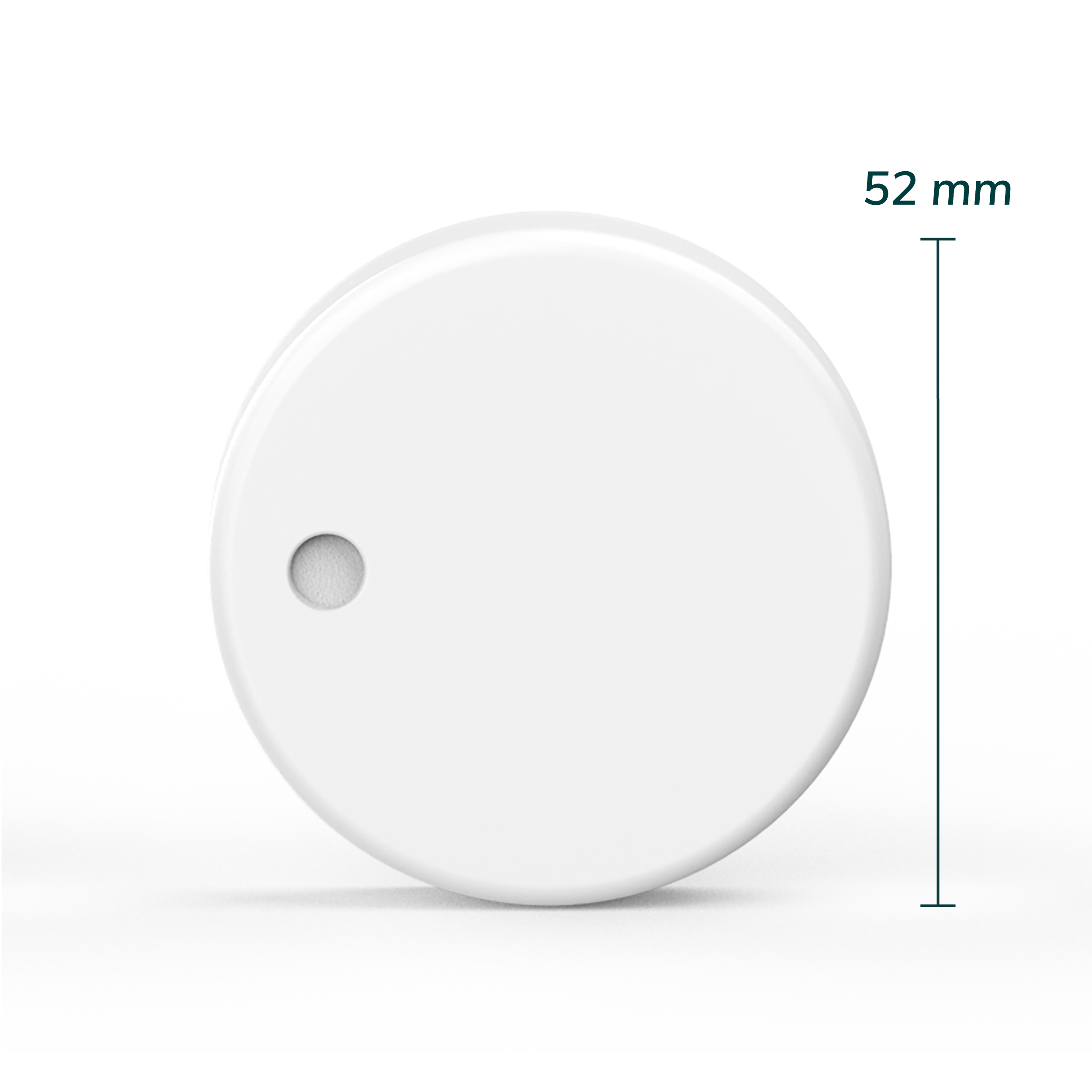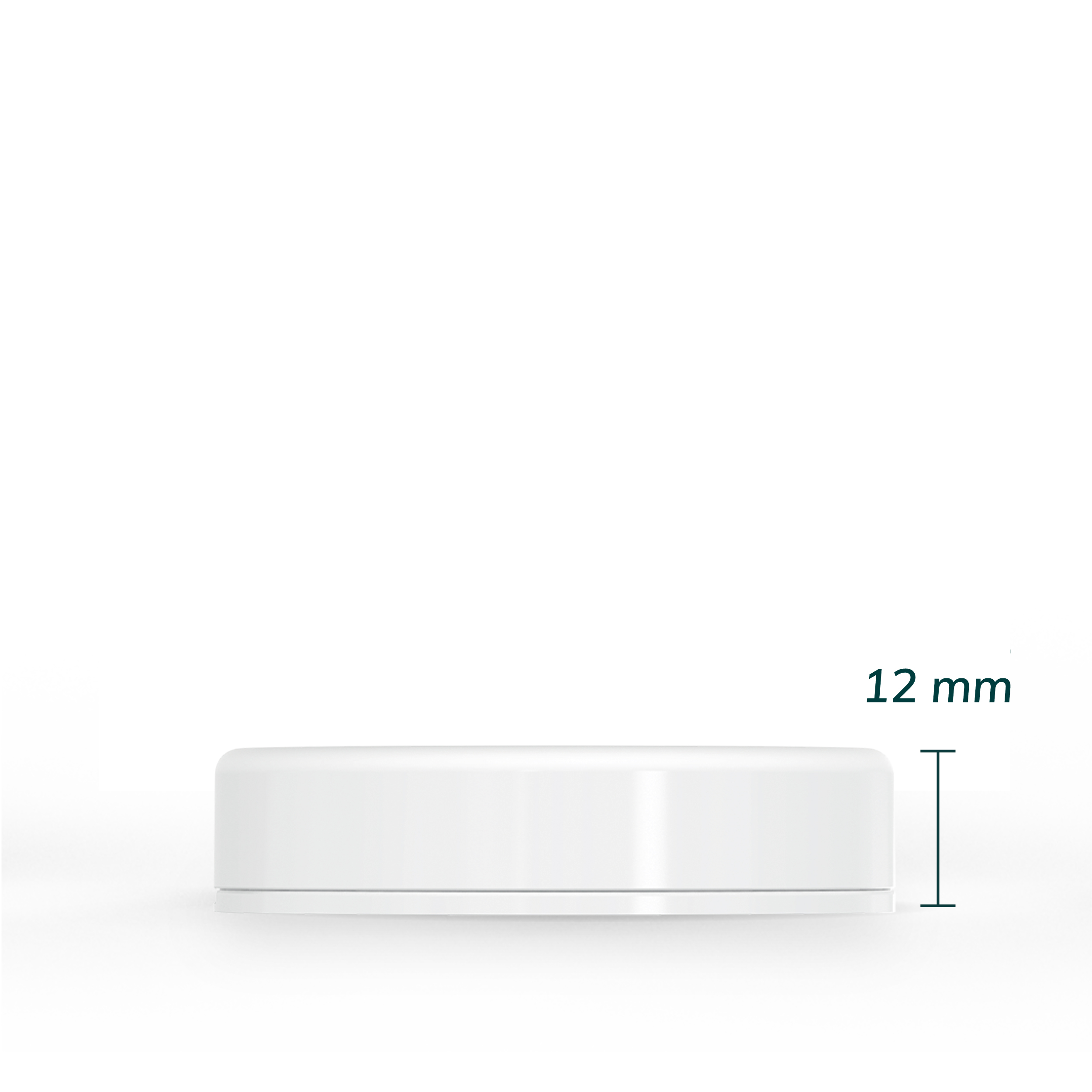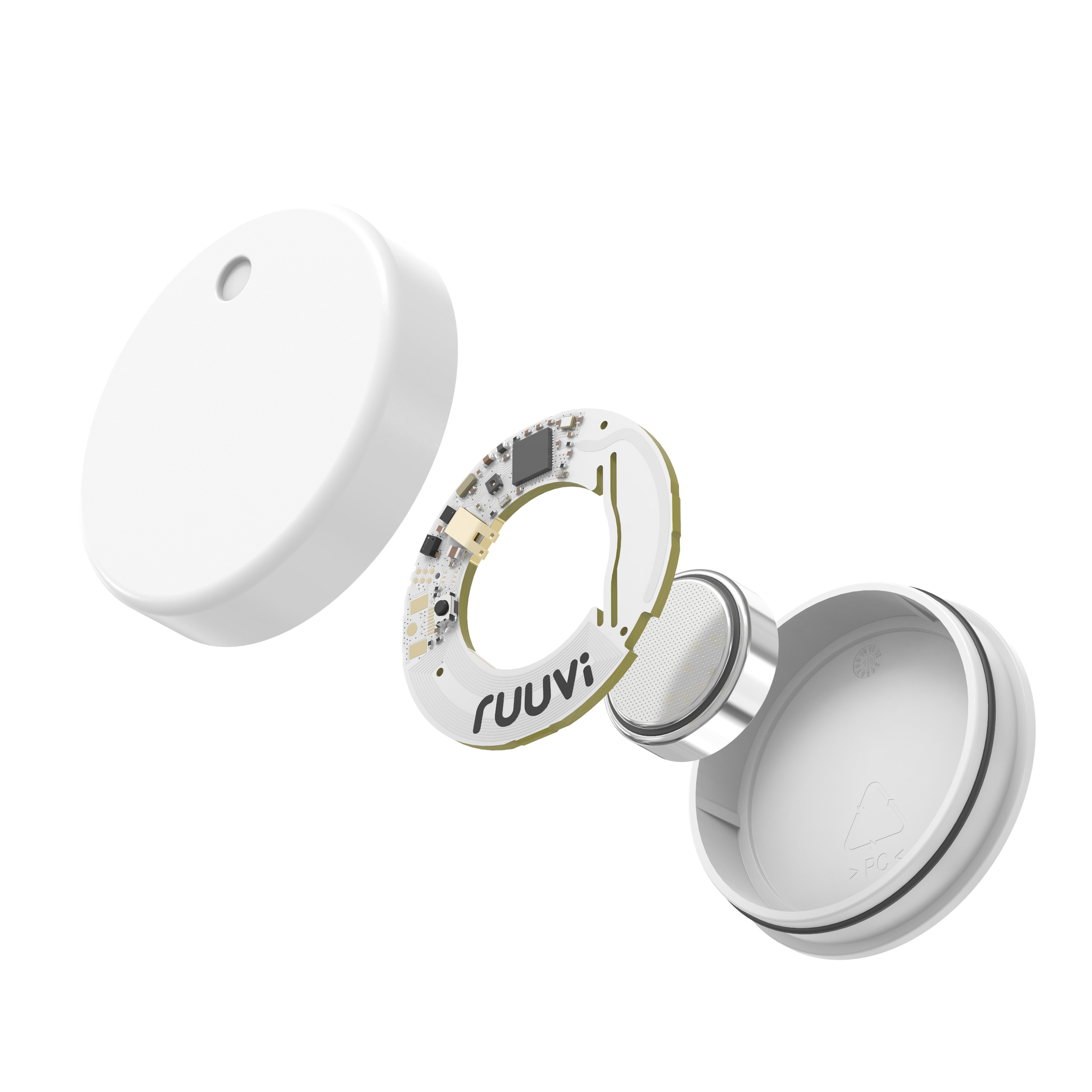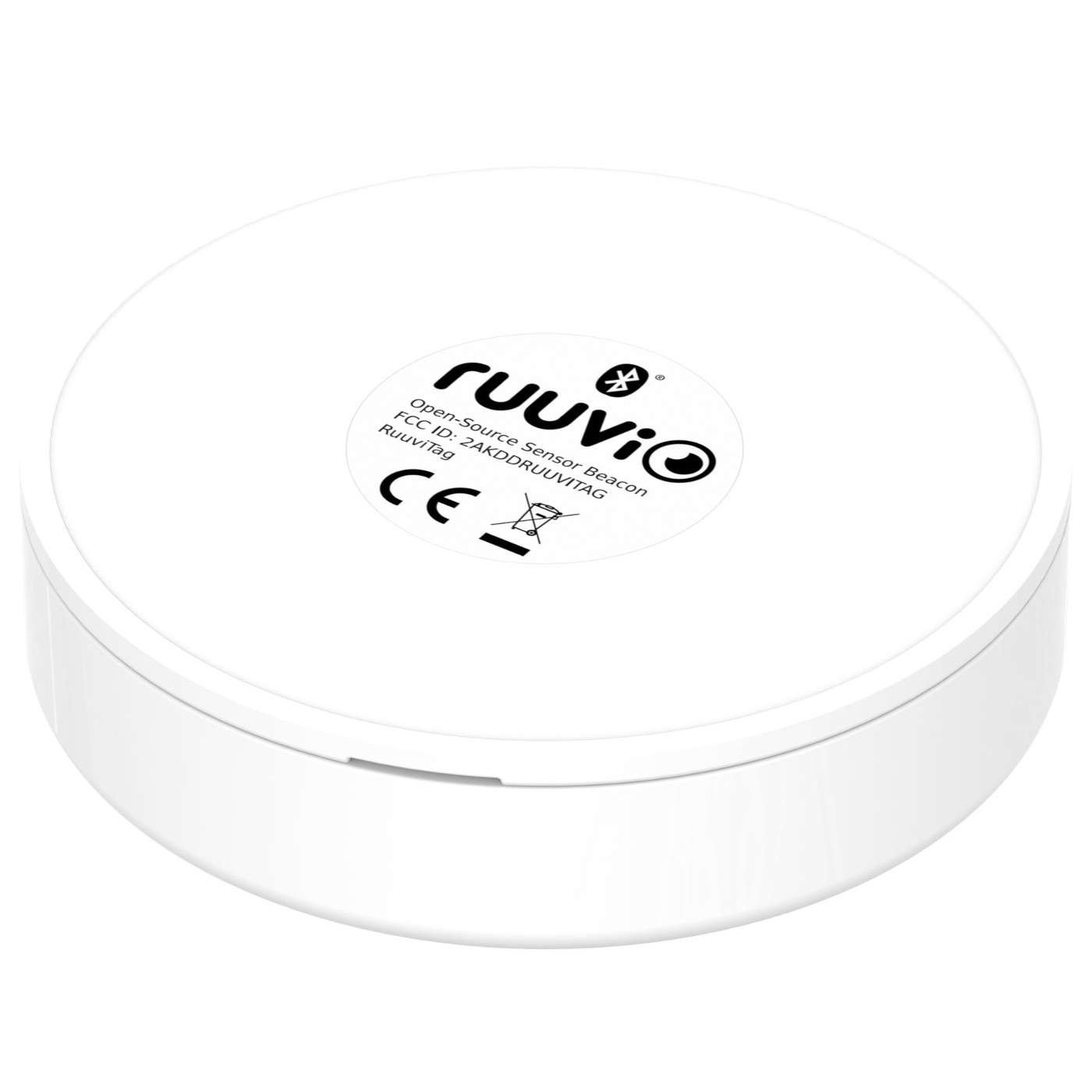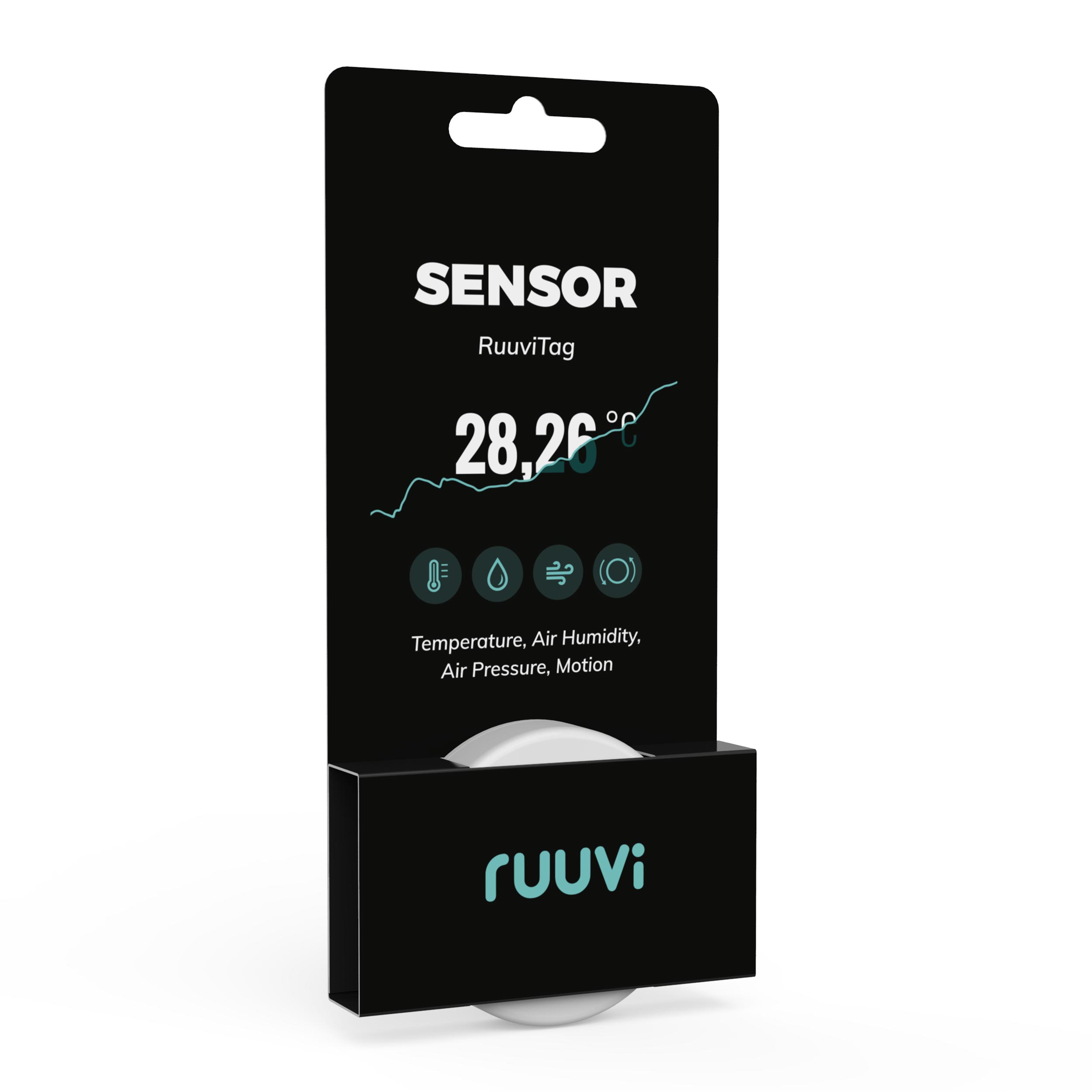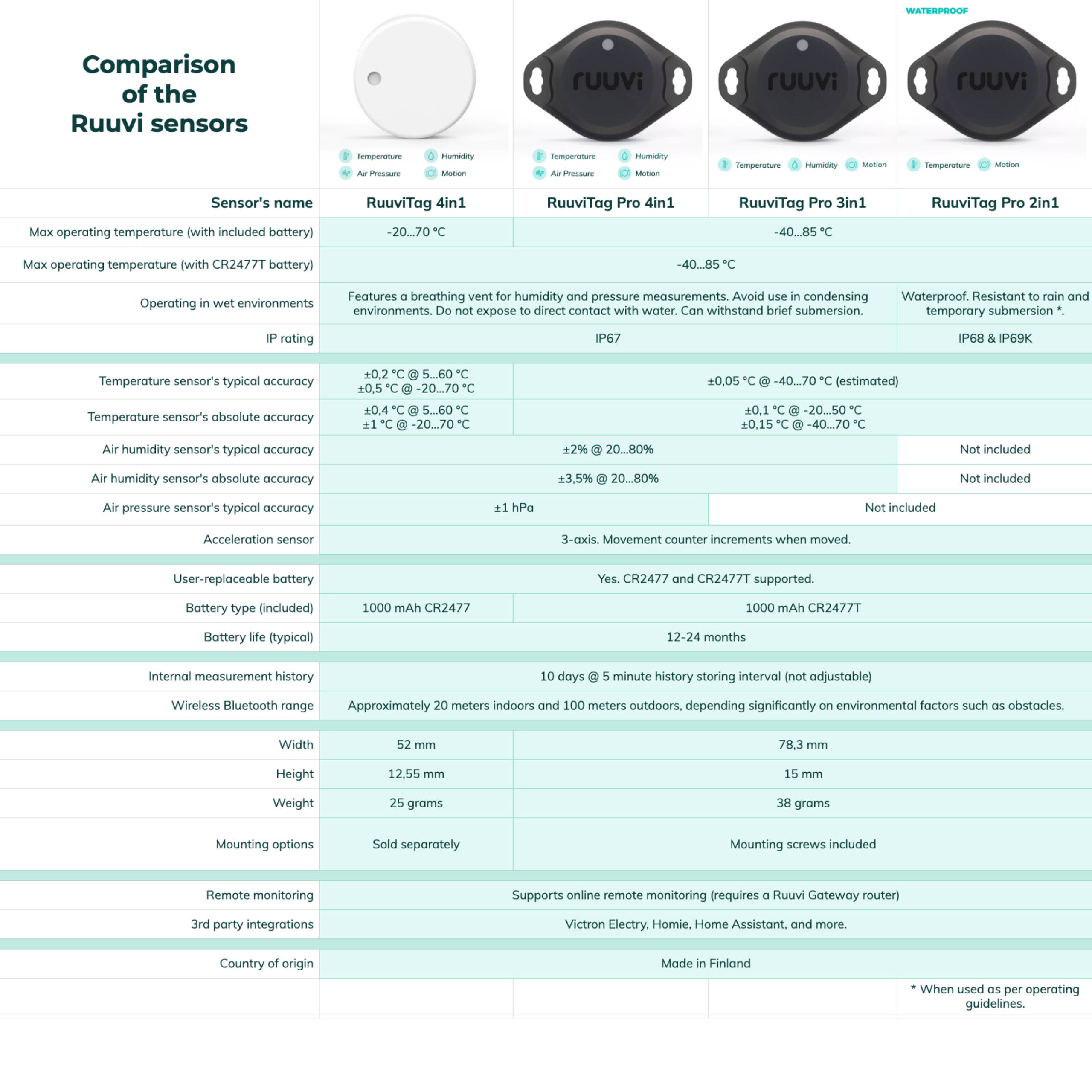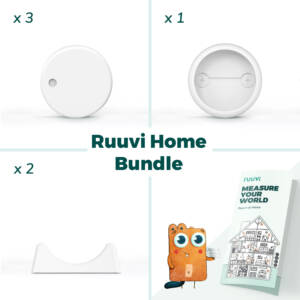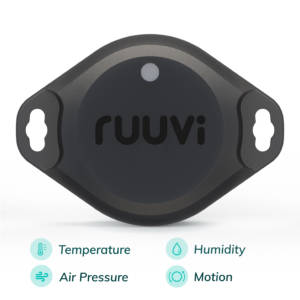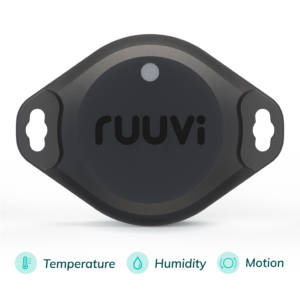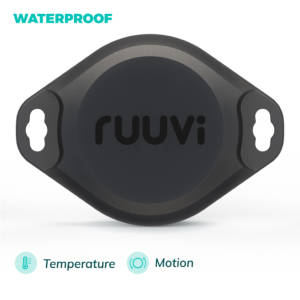A piano is a delicate instrument that needs your care and attention. Whether we are talking about an old inherited piano or a glorious flygel, you should focus on its well-being. As most pianos are made from wood, they are prone to damage if kept in improper conditions.
The most important measure is to always keep the humidity and temperature at the same level in the room, where the piano is located. As there are ideal temperature and humidity levels, which we will discuss later, having your instrument in stable conditions is the most important part.
Made from wood, pianos are vulnerable to big changes in temperature and humidity. Even though wood is no longer part of a living tree, it can warp and dry out easily. This affects the tuning and in worst case scenarios it can damage your piano permanently.
Taking good care of a piano is an investment. As most pianos are expensive, keeping it in good condition will ensure it holds its value and can be enjoyed for a very long time.
Next, we are going to discuss the effects of humidity and temperature on your piano, as well as the best practices to ensure your piano is kept in ideal conditions.
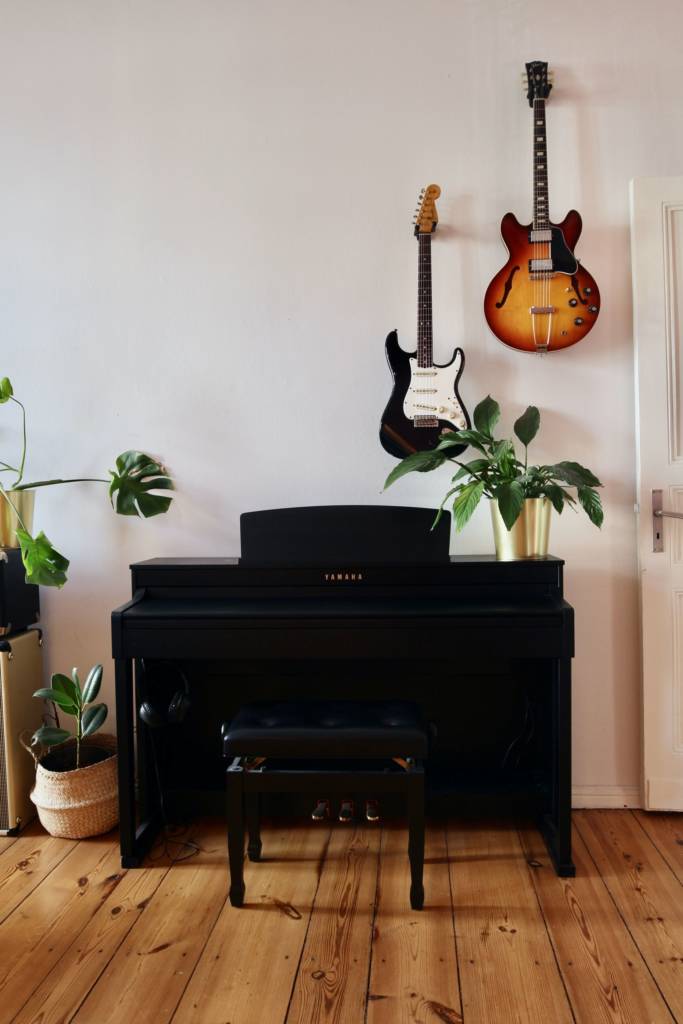
What is the ideal humidity for a piano?
The ideal relative humidity level should be in the range of 45 – 70%. In a nutshell, relative humidity is the ratio of the amount of moisture in the air. Air has a certain capability to hold moisture depending on the temperature. Relative humidity of 50% means that at that moment in time, the air holds half the moisture it is capable of holding. Warmer air holds more moisture and colder air holds less.
How does low relative humidity affect your piano?
Low relative humidity will damage the wooden structures inside the piano. Having less than 45% relative air humidity, the wood in the piano will start to dry out and result in costly consequences in the long run. When wood dries, it tends to shrink a little. This will cause stress to other components and lead to more problems. Thus, inadequate humidity conditions have a negative effect on pianos.
Keeping the relative humidity at a constant level is very important. The piano requires time to adjust to new conditions. Hence, monitoring the relative humidity level is an easy way to ensure your piano’s longevity.
How to ensure proper air temperature and humidity for a piano?
RuuviTag is a convenient temperature and humidity sensor to be paired with a piano. Check out this video to see how easy Ruuvi is to use!
What causes dry air?
The main reason for low relative humidity is heating. Especially in cooler climates, heaters are used during winters. Pumping and warming cold outside air inside will cause the relative humidity to drop. As cold air contains less moisture than warmer air, heating it up will reduce the relative air humidity. This is why it is recommended to use an air humidifier inside a house during winters.
Just as relative humidity of 50 – 60% is good for your piano, it is beneficial to you as well! Read more about it Here.
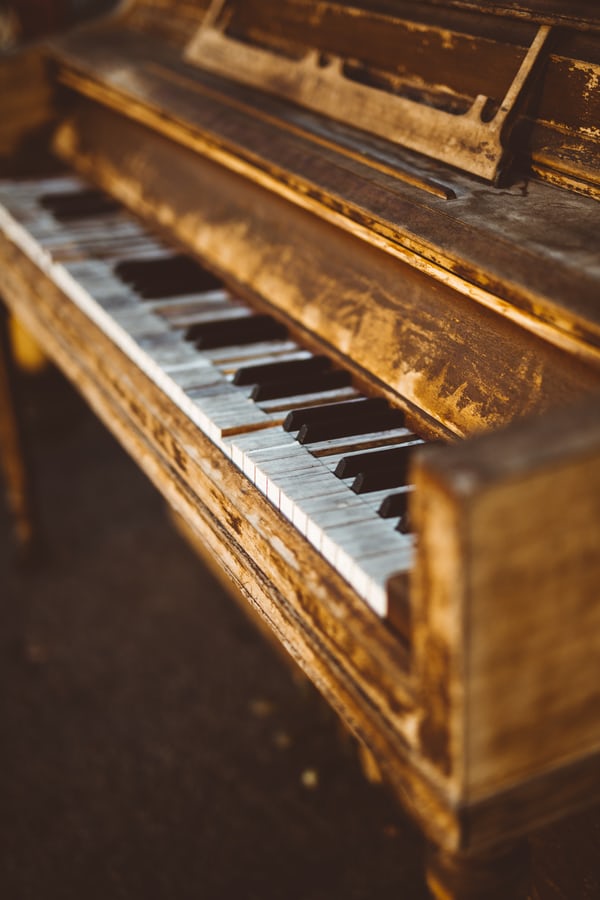
Is high humidity bad for a piano?
Yes, humidity that is too high will damage your piano. The worst thing that can happen is that the metal parts start to rust. Other problems arise from wooden parts as they start to swell.
Other problems include:
- Keys will start to stick
- Notes are not as bright as they could be
- Hammer will start to slack
Excessive relative humidity is not usually a problem
It is generally rare for inhouse relative humidity to be above 70%. But in warmer climates this is possible. In these cases, you should try to tackle this problem with an air conditioner, for example. Dehumidifying bars, such as Dampp chasers are also recommended. For more convenient solutions, check out this Article.
What is the best temperature for a piano?
Pianos thrive in similiar conditions to humans. If you feel comfortable in your house, then the piano is probably doing just fine. But if you want to be sure, try to aim for a steady 20 °C or 68 °F. This temperature is optimal for your piano.
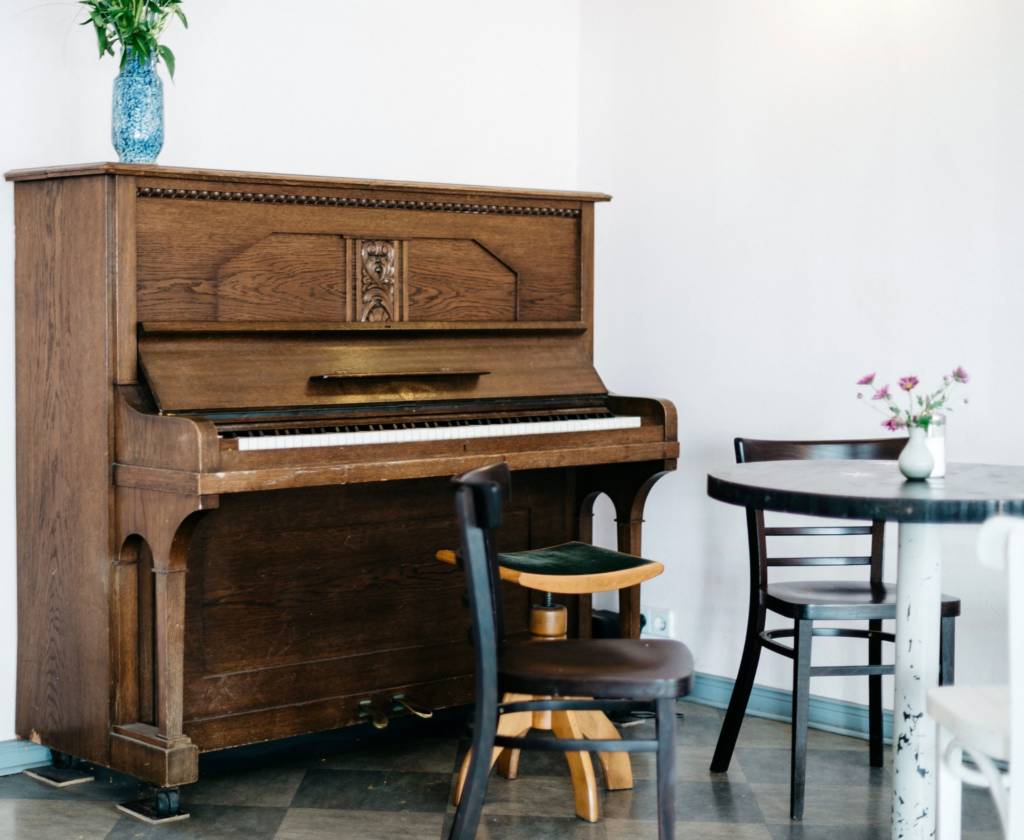
Can heat ruin a piano?
Yes. As mentioned above, most pianos are made from wood. Hot temperatures will cause the hammers to loosen. Temperature, however, is not as harmful to your piano as humidity is. Hot air will shrink the relative humidity so that is why you should try to monitor it.
How does cold air affect pianos?
Usually, pianos kept indoors are not exposed to excessively cold temperatures. Humans start to feel cold when the temperature falls below 18 °C or 64 °F. As we start to feel cold, we tend to turn up the heating. This will also protect the piano. An important case where cold temperatures are to be considered, is when storing a piano in a storage unit. We will discuss this later.
Where to place a piano?
The ideal place for a piano is in the middle of the room. The humidity and temperature are most stable in the middle. Usually, this placement is not functional as not many of us have an extra room just for a piano.
If you have to place the piano next to a wall, choose an interior wall. They have far more stable conditions than exterior walls, which usually differ according to the outside temperature.
You should also look for a place where you feel comfortable playing. As beautiful as pianos are as decorations, they are made for playing. In the right environmental conditions, the sound of the piano is superior to a poorly maintenanced one.
What can damage a piano?
Keeping your piano in a room which has an underfloor heating will cause damage to a piano. As handy as this type of heating is, it will cause temperature fluctuations and be harmful for your pianos’ wooden parts. If the only type of heating in your home is underfloor heating, consider using a special piano carpet to protect your piano!
Where should you not place a piano
- Near windows
- Near fireplaces
- In dark and humid rooms
- In direct sunlight for long periods of time
- Next to doors
- Near air conditioners
Where is the best place to put a piano?
Consider a place where a piano is in stable conditions and easy to access. Finding the ideal conditions is easy with smart environmental sensors such as Ruuvitag. The device is tiny, accurate, and has a convenient mobile application.
You can put one of these sensors inside the piano to monitor its interior conditions and one on the outside. It is possible to set alarms for sudden fluctuations so that you are aware of its wellbeing at all times. With the help of this information, you can control the conditions more precisely.
You can also test different locations inside your house with Ruuvitag. Place it in different places for a few days and analyze the temperature and relative humidity from the app’s easy-to-use charts. By doing this, you will be able to choose the best spot in your house and thus keep it in the best possible condition.
Ruuvitag works perfectly with other instruments as well. Read more about its benefits for guitars Here.
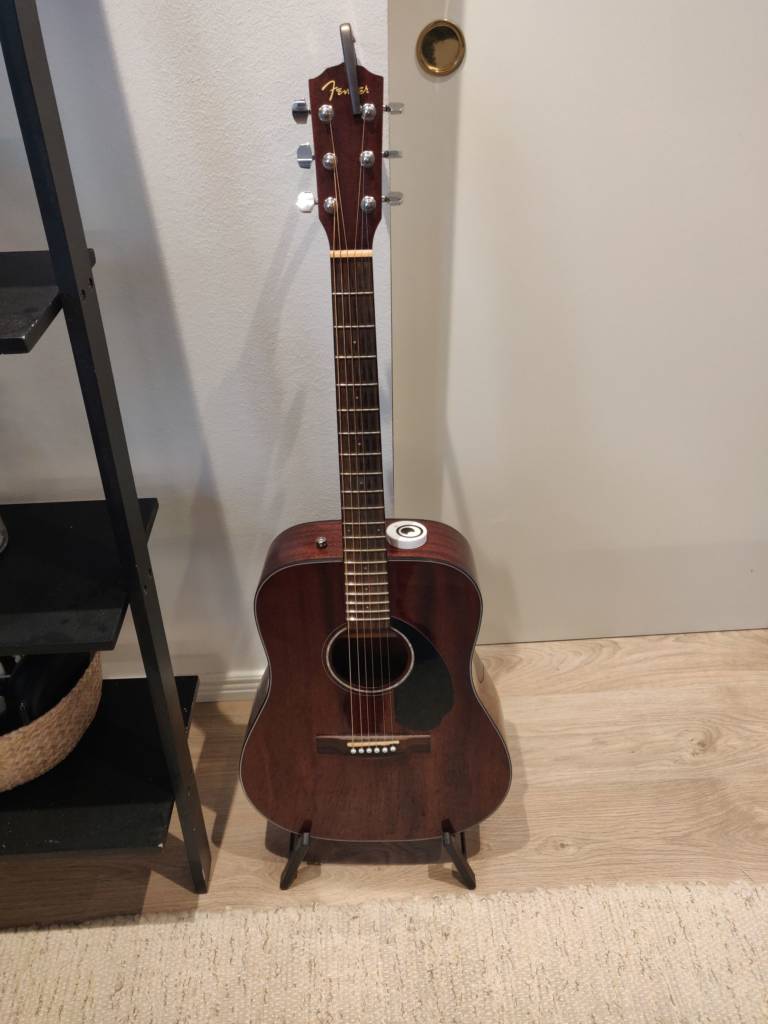
Can you keep a piano in storage?
Yes, if the conditions are correct. Storages are usually a bit colder than houses so you must make sure that the storage is heated. You must also ensure that the conditions are not fluctuating from day to day to sub-optimal ranges.
Finding out this information is difficult without a proper device. This type of inspection is easily done with a Ruuvitag. It is a cheap way of ensuring your piano’s wellbeing and ability to pass it down to future generations. You can go even further and combine Ruuvitag with Ruuvi gateway, which enables you to monitor the conditions inside a storage unit through the Internet, whenever you want.
Conclusions
Pianos are vulnerable, delicate instruments that require good maintenance and the right environmental conditions. The worst enemies of pianos are changing relative humidity and temperature levels.
To make sure you get the most out of your piano, pay a little attention to its position inside your house. In the modern digital era, you can do so easily with small and convenient sensors, such as Ruuvitag. With a sensor like the Ruuvitag, you will have all the information you need in real time, and will not require any expensive piano control systems or complicated humidity meters.
Buy RuuviTag to Help You Protect Your Piano
Ruuvi is an easy way to measure your piano's ambient conditions. Whether we are talking about temperature or air humidity, Ruuvi got you covered.
39,90€
Ruuvi is based in Finland. If you’re an EU consumer, VAT is included. If you’re a non-EU customer, you don't pay VAT. If you're an EU business, insert your VAT ID at checkout.
In stock
RuuviTag Sensor (4in1)
| Quantity | Unit Price(€) |
|---|---|
| 1 | 39,90 |
| 2 | 37,40 |
| 3-5 | 36,90 |
| 6-8 | 35,90 |
| 9-12 | 34,90 |
| 13-25 | 33,90 |
| 26-99 | 32,90 |
Are you looking for bigger quantities? Contact us for pricing.
FAQ
Will humidity damage a piano?
Yes it can damage a piano. As most pianos are made of wood, the wooden parts start to swell. Also, metal parts of the piano may begin to rust.
What humidity is too low for piano?
Relative humidities below 45% are too low for pianos as the wooden parts of the piano begin to dry out causing problems in the long-run.
What temperature should a piano be kept at?
Constant temperature of 19°C – 22°C is recommended for a piano.
